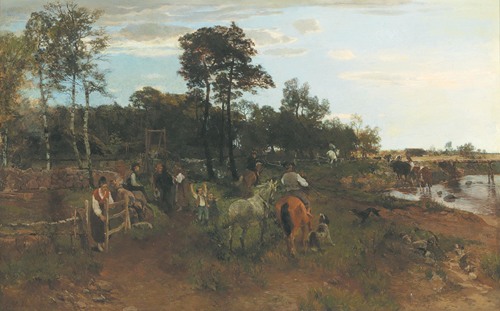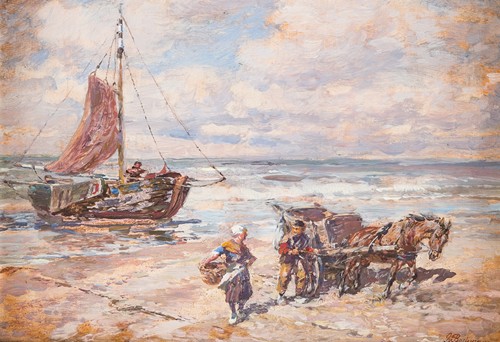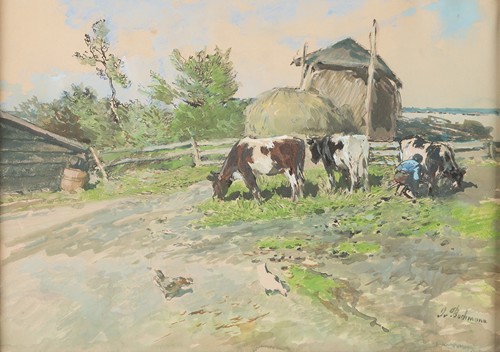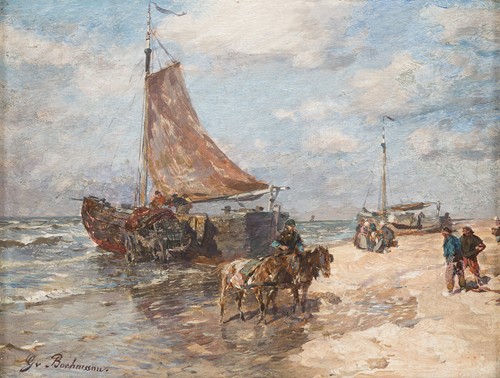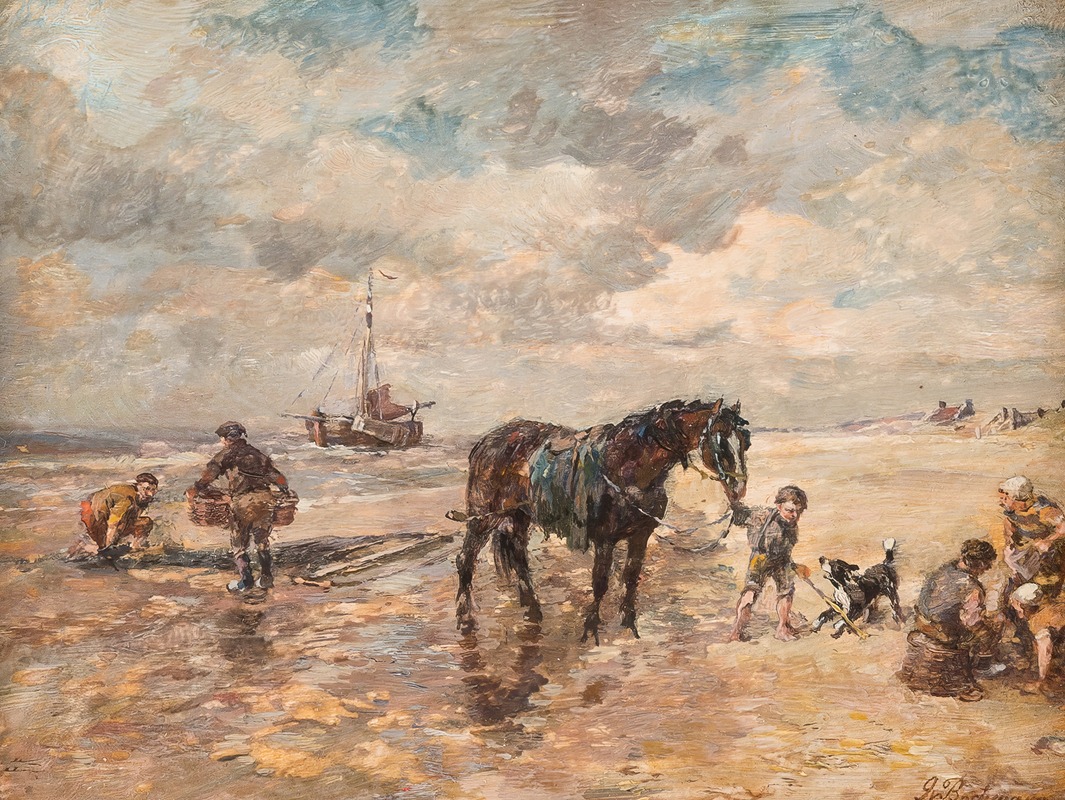
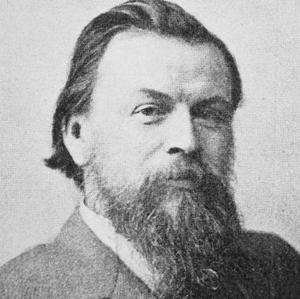
Gregor von Bochmann was a Baltic-German landscape and genre painter.
His father was a forest warden for the Governorate of Estonia, who had been ennobled due to his service in the Crimean War. Bochmann frequently travelled around the country with him, developing his ability to observe nature. From 1862 to 1868, he studied at the Gustav Adolf Grammar School in Tallinn, where his art teacher, Theodor Albert Sprengel, recognized his talent and obtained a scholarship for him to study at the Kunstakademie Düsseldorf.
After studying drawing and antiquities, he attended the landscape class of Oswald Achenbach and, after graduation in 1871, established his own studios nearby. Further study trips were made to Holland, Belgium and his native Estonia and the sketches he made there served as the basis for much of his later work. In 1877, he married Emilie Poensgen, the daughter of industrialist Julius Poensgen [de], an iron and steel manufacturer. Their children included the sculptor, Gregor von Bochmann, known as "The Younger".
He exhibited widely, throughout Germany and Austria and, notably, at the Exposition Universelle (1878), and received numerous awards. In 1893, he became a member of the Academy of Arts, Berlin and, two years later, was awarded the title of "Royal Prussian Professor". In 1899, he was granted his own title of nobility by Kaiser Wilhelm II.
He was a member of the Freie Vereinigung Düsseldorfer Künstler [de] and, as such, one of the first Secessionists. He also served on the board of the Deutscher Künstlerbund.
More Artworks by Gregor von Bochmann
